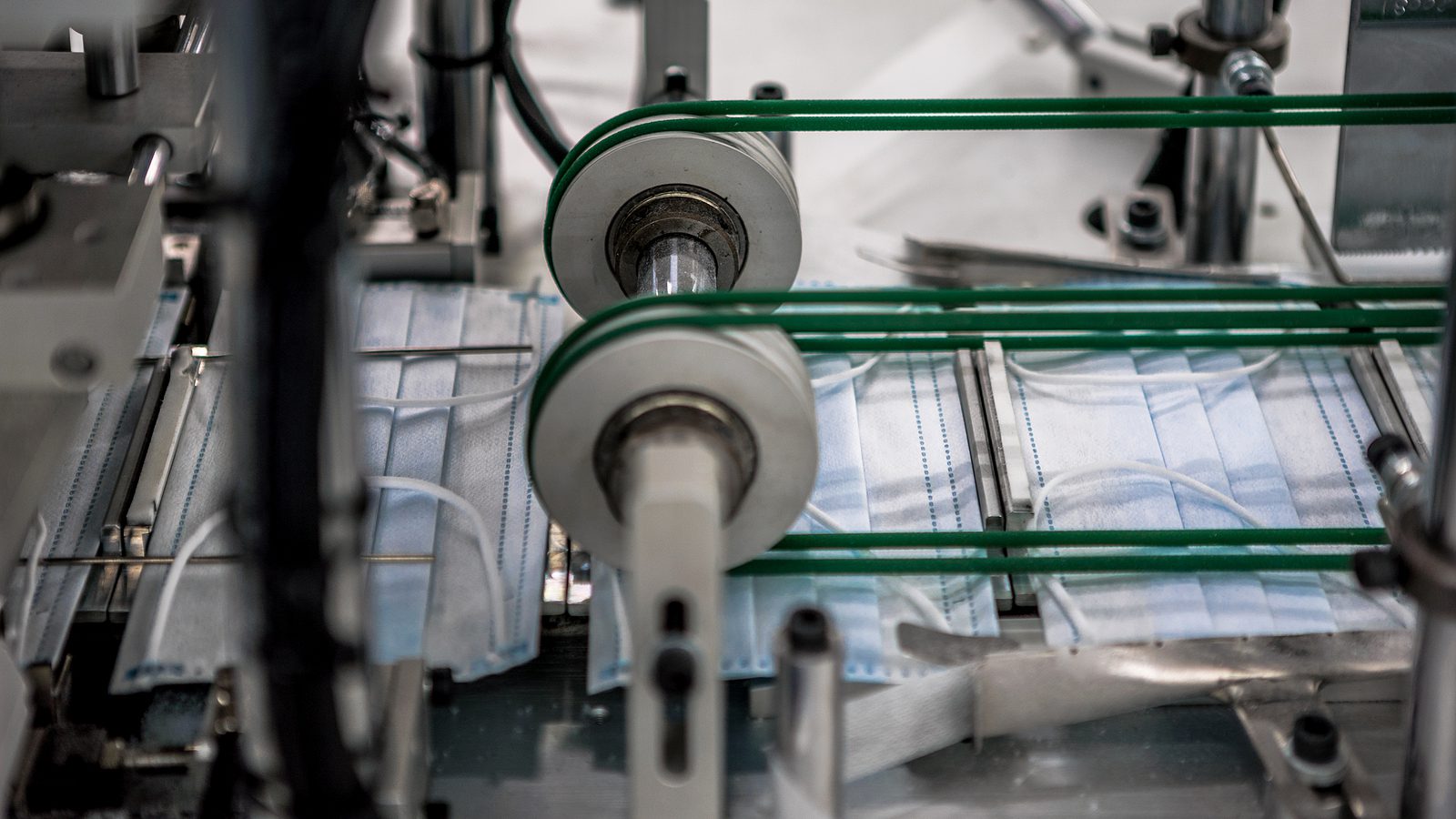By Laser 1 Technologies
Disruptions In The Communications Arena Impact Manufacturing
Have you been hearing about “Industry 4.0?” That expression refers to the idea that we’re undergoing a fourth industrial revolution. Factories were 1.0; automobiles and assembly lines were 2.0; computer technology was 3.0. Today we’re undergoing another sea change, thanks to the incredible advances of robotics, artificial intelligence, the internet of things, and other features contributing to “smart manufacturing.”
Manufacturing and engineering are changing fast. Are you keeping up? Consider that once upon a time, the assembly line was considered a disruptor, and doubtless was met with resistance by many. However, now it’s so universally embraced, it’s hard to fathom a time and mentality preceding it–kind of like imagining the world before the wheel was conceived.
Anyway, it’s always valuable to keep an eye on disruptors. Some may fall by the wayside, but many disruptors are already changing the manufacturing industry, and will probably continue to do so, and other significant disruptors will inevitably surface.
Communication is a major vortex of disruption today, and we’re seeing it in a variety of ways–all related to the cloud.
Ok, it’s old news that we’re increasingly relying on the cloud to store information, process information and access tools like software. But the implications are broad.
Information Flow: A Competitive Edge
First, information flow is now a competitive edge for today’s manufacturers, and you ignore it at your peril. Fast and flawless information flow–between customer and supplier, between teams, within management–is essential. Collaboration and responsiveness depend on it.
Instant Communication, Independent of Geography
Near-instant information flow and remote, digital collaboration have also become a given, thanks in part to our growing millennial workforce. They’re the largest demographic in the workforce today, and they live and breathe mobile and cloud technologies. They don’t have the tolerance for sluggish old communication standards–not as customers or as workers.
Virtual Designing and Testing
Virtual designing and testing also fall under the umbrella of communication, and they’re real game changers. New digital tools enable companies to create and test designs, parts and situations in the virtual world. The assembly line process can now be ironed out before an actual product is created. These simulations helps cut down on design time and manufacturing time, and help ensure the end product matches expectations.
Virtual Collaboration
Similar augmented reality solutions are useful for remote collaboration, allowing team members in different locations around the globe to connect in a live view and improve products together–expediting problem solving, reducing travel costs and getting things to market faster.
Cyber Attacks Raise the Security Bar
Cyber attacks are disruptors in the worst and most literal sense of the word, but they also play a vital role in the increasingly robust data security measures we’re seeing today. As pressure increases to rely on the cloud, more effort and intelligence go into making it secure.
Which Disruptors Are Adopt-or-Die?
Stay tuned for more thoughts on manufacturing disruptors. While disruptors start on the fringes, and some never take hold, other disruptors are like Ford’s assembly line or Eli Whitney’s revolutionary cotton gin: they’ll be in the history books a century from now, and in hindsight we’ll know they were adopt-or-die paradigm shifts.




